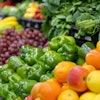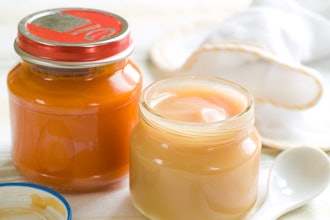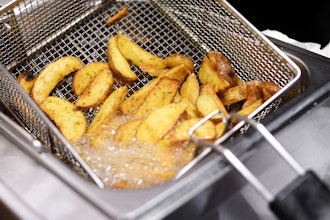BISMARCK, N.D. (AP) — Favorable weather last year helped South Dakota sunflower farmers rebound from crippling drought in 2012, while their counterparts in North Dakota struggled through a wet spring planting season and a late fall harvest.
The end result is that South Dakota has supplanted North Dakota as the nation's top sunflower producer for only the second time in recorded history.
"It's a great accomplishment," said John Sandbakken, executive director of the Mandan, N.D.-based National Sunflower Association. "They had a good year."
Production of oil and confectionary sunflowers in North Dakota in 2013 was down 58 percent over the year to about 608 million pounds, while South Dakota production rose 12 percent to about 997 million pounds, according to U.S. Department of Agriculture data. Oil sunflowers are used to make cooking oil, while confectionary sunflowers are used for snacks and bird food.
Unlike in 2012, South Dakota farmers last year saw plentiful precipitation early in the growing season, said Tom Young, who farms near the central South Dakota town of Onida.
"It was a combination of that, and we had really good late rains pushing yields up," he said. "There were areas that had sizable rains in August and September helping finish up the crop very well. All in all it turned out great for the statewide average."
South Dakota's average yield, or production per acre, jumped 7 percent from 2012 to 2013.
Many sunflower acres in North Dakota went unplanted in spring 2013 because fields were too wet. The number of planted acres dropped 42 percent and the number of harvested acres plunged 43 percent over the year, according to the USDA data.
"That's basically the bottom line," Sandbakken said of the precipitous drop in North Dakota production.
The government started compiling sunflower data for the Dakotas in 1977. Until last year, the only year in which South Dakota's production topped North Dakota's was 2011, when North Dakota was hit hard by flooding.
"It's kind of fun to be No. 1, but when you look at the industry as a whole, it's kind of disappointing," Young said. "We had a great year, but to see the decline in acres elsewhere, it's a concern for the industry as a whole."
Nationally, sunflower production in 2013 plummeted 27 percent, due largely to the drop in North Dakota. The Dakotas typically produce the bulk of the nation's crop — this year accounting for more than three-fourths of it.
However, the smaller 2013 crop isn't likely to affect prices that farmers get for their crop or prices that consumers pay in the grocery store, according to Sandbakken.
"We had a fairly decent carry-over stock from the 2012 crop," he said. "It's going to keep (prices) probably stable."
But if North Dakota farmers have a second consecutive tough year in 2014, or if South Dakota sees a return to drought, food prices could rise, Sandbakken said.
"It will really be imperative in 2014 that the crop acres go up to those 2012 or higher levels," he said. "This will be real critical year for us to get acres again."






















